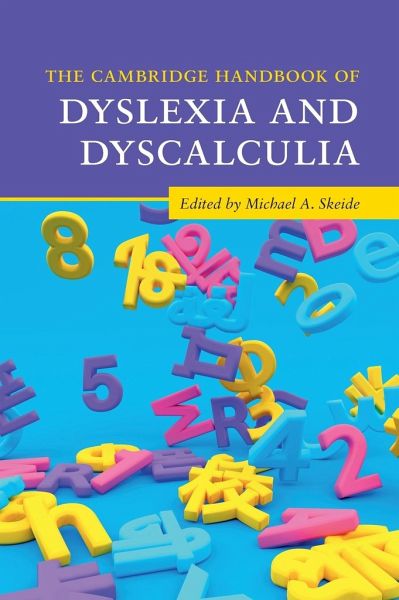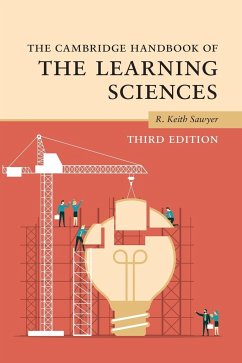
The Cambridge Handbook of Dyslexia and Dyscalculia
Versandkostenfrei!
Versandfertig in 1-2 Wochen
169,99 €
inkl. MwSt.
Weitere Ausgaben:

PAYBACK Punkte
85 °P sammeln!
In this handbook, the world's leading researchers answer fundamental questions about dyslexia and dyscalculia based on authoritative reviews of the scientific literature. It provides an overview from the basic science foundations to best practice in schooling and educational policy, covering research topics ranging from genes, environments, and cognition to prevention, intervention and educational practice. With clear explanations of scientific concepts, research methods, statistical models and technical terms within a cross-cultural perspective, this book will be a go-to reference for researc...
In this handbook, the world's leading researchers answer fundamental questions about dyslexia and dyscalculia based on authoritative reviews of the scientific literature. It provides an overview from the basic science foundations to best practice in schooling and educational policy, covering research topics ranging from genes, environments, and cognition to prevention, intervention and educational practice. With clear explanations of scientific concepts, research methods, statistical models and technical terms within a cross-cultural perspective, this book will be a go-to reference for researchers, instructors, students, policymakers, educators, teachers, therapists, psychologists, physicians and those affected by learning difficulties.














